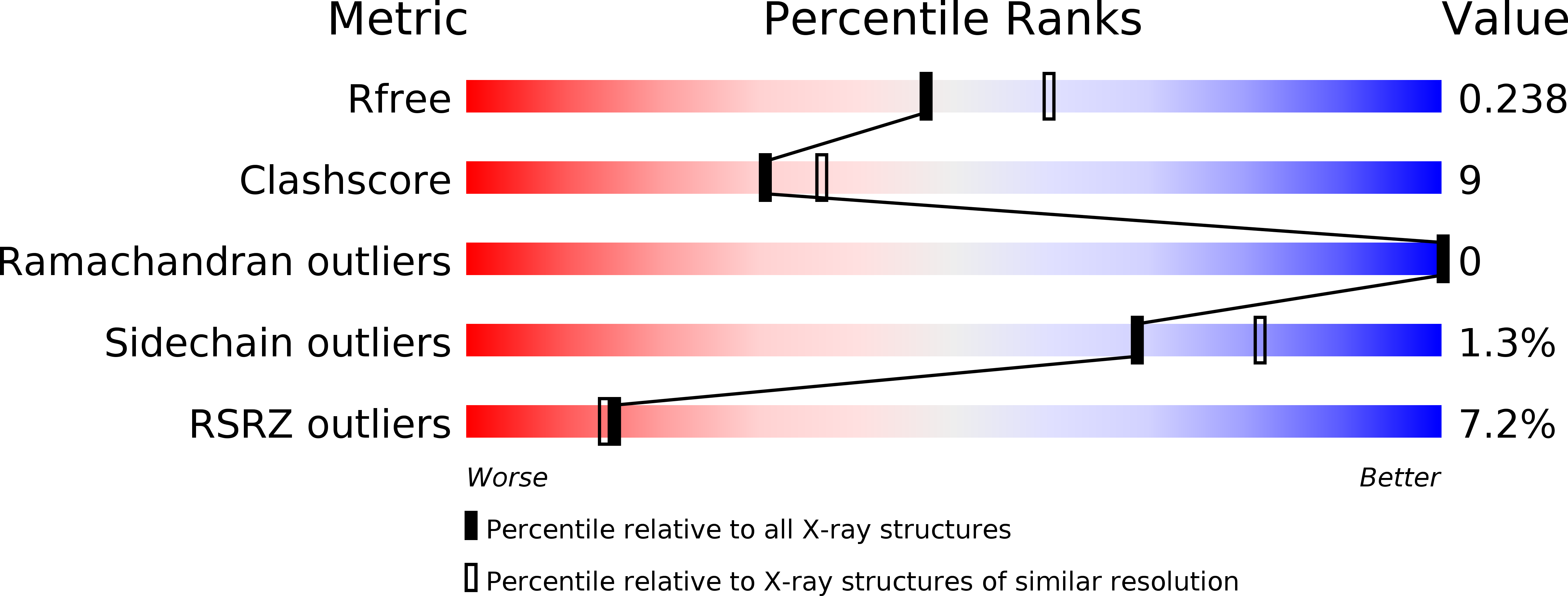
Deposition Date
2010-12-08
Release Date
2011-10-19
Last Version Date
2023-09-13
Entry Detail
PDB ID:
3PWE
Keywords:
Title:
Crystal structure of the E. coli beta clamp mutant R103C, I305C, C260S, C333S at 2.2A resolution
Biological Source:
Source Organism:
Escherichia coli (Taxon ID: 83333)
Host Organism:
Method Details:
Experimental Method:
Resolution:
2.20 Å
R-Value Free:
0.24
R-Value Work:
0.20
R-Value Observed:
0.20
Space Group:
P 1 21 1


